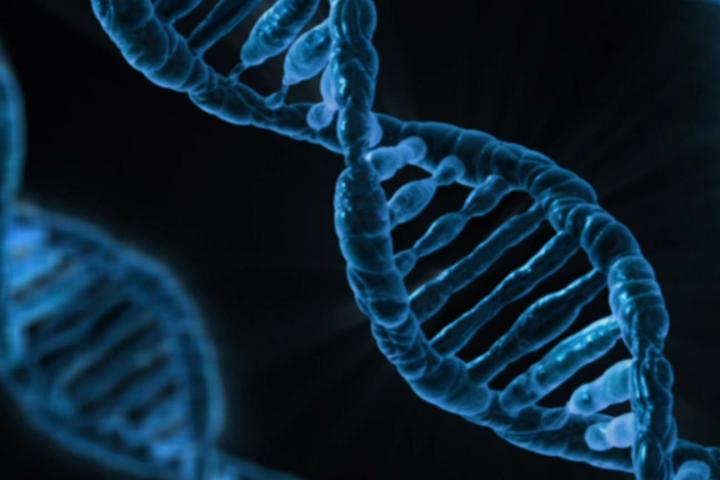
Geothermal power is used in 24 countries worldwide and produces up to 12.8 gigawatts annually. To put in a new plant, engineers must drill two type of wells. The first well creates fractures which allow water to flow through hot rock deep inside the earth. The second set crosses through those fractures allowing the now hot water to rise to the surface. This hot water then produces steam that’s used to generate electricity.
Engineers who drill these wells have no accurate way of detecting the fractures produced during the first round of drilling. They currently use chemical or even radioactive tracers to track the flow of water underground, though these tracers are notoriously unpredictable. For instance, a group of engineers injected a tracer into a well only to have it completely disappear. When they finally detected a tracer, it was not the one they injected, leading them to conclude the tracer reacted chemically with underground components and transformed into a different substance.
Geothermal engineers have developed a new type of tracer which now uses synthetic DNA. The DNA possesses a unique pattern and clings to silica, allowing the team to create balls of silica with DNA inside. These DNA balls are then injected into a well, granting the engineers the ability to trace them without worrying about the material reacting with other components underground.
Though the technology shows promise, the DNA tracers are now undergoing tests regarding their heat stability. So far, the DNA-silica combination has survived six hours at 300 degrees Fahrenheit in the lab, but they have not been tested in the field. If the field tests prove successful, these DNA tags may wind up being the one thing capable of helping geothermal power really take off.



